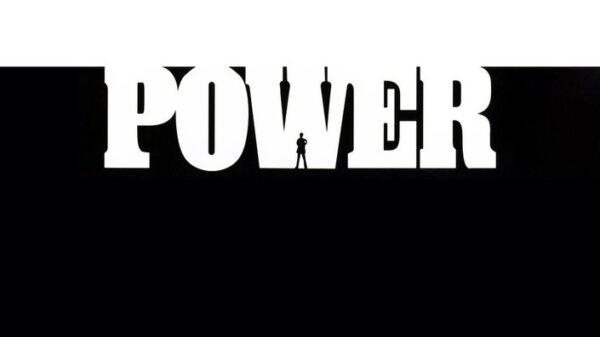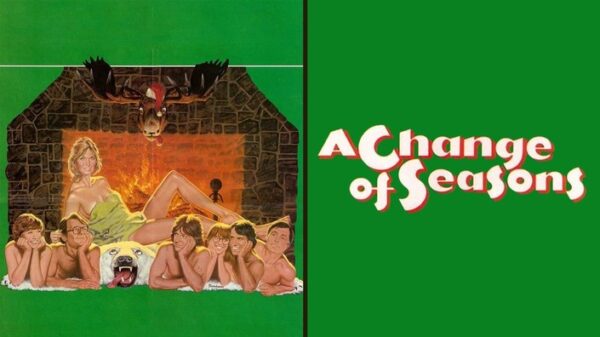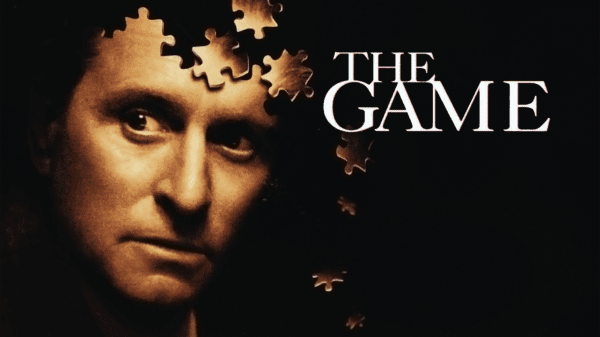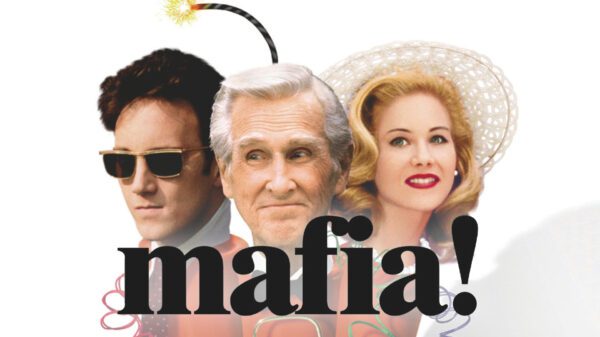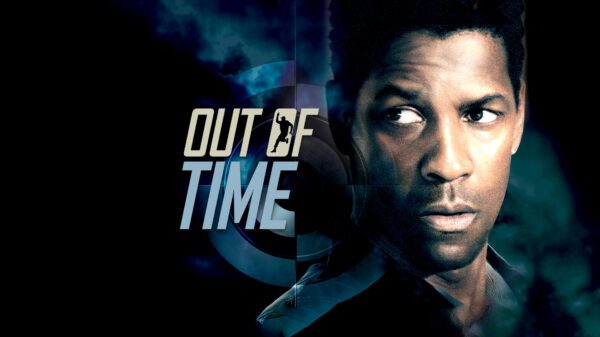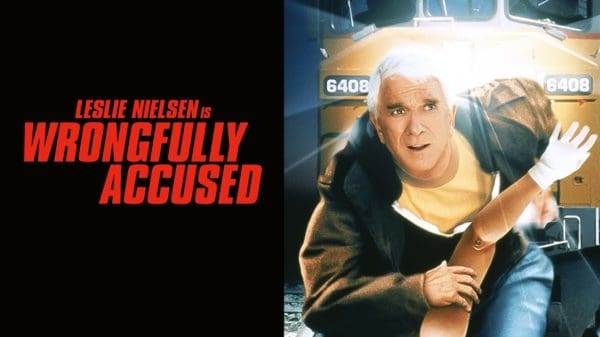Hero and the Terror, released in theaters on August 26, 1988, represents a notable, if often overlooked, attempt by Chuck Norris to expand his cinematic persona beyond pure martial arts action.
The film follows Danny O’Brien (Norris), an LAPD detective nicknamed “Hero” for his past apprehension of a brutal serial killer known only as “The Terror” (Jack O’Halloran). Years later, with O’Brien’s girlfriend Kay (Brynn Thayer) pregnant, his peaceful life is shattered when The Terror escapes from an institution and resumes his murderous spree. O’Brien, haunted by his previous encounter, must confront his personal demons and once again hunt down the hulking, silent killer.
The film’s plot centers more on a cat-and-mouse suspense thriller than a typical action vehicle. Norris’s character is shown as a vulnerable man plagued by nightmares and anxiety, a departure from his usual invincible on-screen persona.
This is supported by a cast that includes Steve James as O’Brien’s police partner, and cameos by Ron O’Neal as the mayor and Billy Drago as a psychiatrist.
O’Halloran’s performance as the titular Terror is particularly effective; his imposing physical presence and lack of dialogue create a truly unsettling villain.
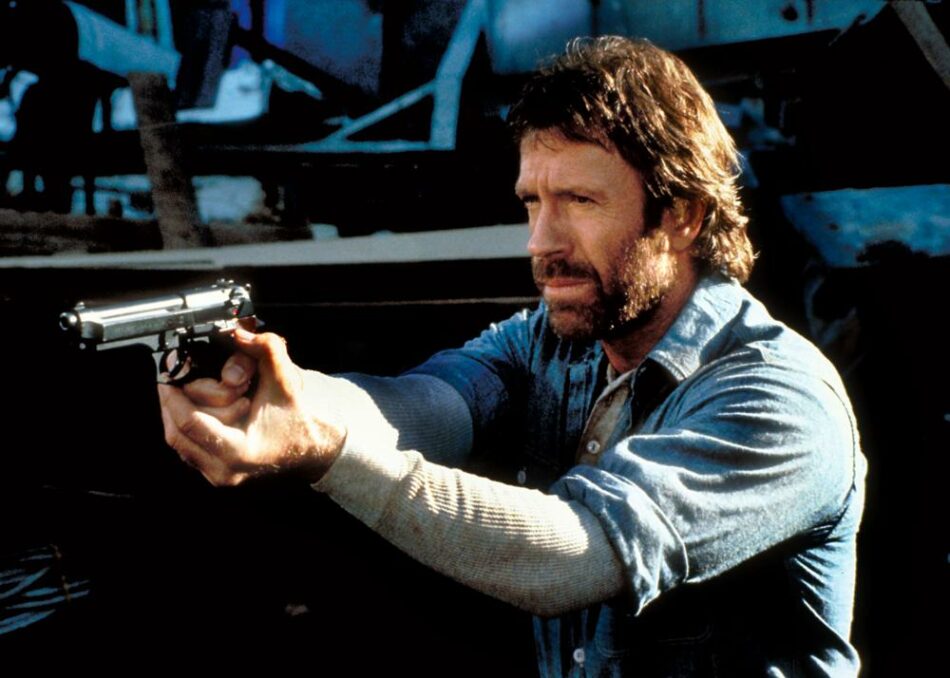
Chuck Norris in Hero and the Terror (Photo/Cannon Films)
Reception for Hero and the Terror
Hero and the Turner grossed $1.8 million on its opening weekend, finishing No. 12 at the box office.
The film would gross $5.3 million in its theatrical run.
Roger Ebert gave the film two out of four stars in his review.
Legacy
Upon its release, Hero and the Terror was met with a mixed-to-negative critical reception and performed poorly at the box office.
Many critics and audiences, expecting the classic, high-octane martial arts action of Norris’s previous films, were disappointed by the slower pace and greater emphasis on character drama.
However, in the years since, the film has gained a small cult following among fans who appreciate its unique place in the Norris filmography. It stands out as one of the star’s few genuine attempts to showcase a more sensitive and dramatic side, even if that attempt was not fully realized.



